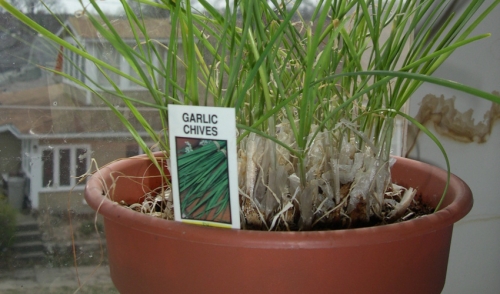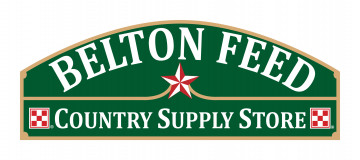{article.name}
Stay Informed
Sign up for email list
for exclusive offers, information and updates!
View our Email Archive
January Garden Ideas

- Share this:
- Share on Facebook
- Pin on Pinterest
- Tweet on Twitter
The start of a new year is a great time to start new gardening tasks, and savvy gardeners know there is plenty to keep busy with in January, even if the garden may be buried under ice and snow. Whether you are just starting out with a first garden or have years of experience, there is always more to do to improve a garden and be sure it is its beautiful, blooming, bountiful best.
In January, gardening means…
- Recycling the Christmas Tree
If you used a cut Christmas tree, add it to a brush pile or chop it up for natural mulch in January. Small branches could be used to help insulate plants, and dropped needles are good to add to a compost pile.
- Removing Snow Buildup
Young trees and delicate bushes can be damaged under the weight of heavy snow. Use a broom to brush soft, loose snow carefully off branches so they are not bending or breaking under the weight.
- Caring for Houseplants
If your green thumb extends indoors, take the time in January to care for your houseplants. Dust them regularly so they can absorb light better, adjust the humidity so they can breathe easier and keep a sharp eye out for unwanted pests or fungus.
- Checking Bulbs and Seeds
Inspect any bulbs or seeds you have stored to ensure there is no mold, mildew or rot infecting your supply. Be sure moisture levels are adequate if necessary. Also check any stored produce, such as potatoes or apples, for similar problems.
- Painting Tools
Choose a bright paint color and give tool handles a fresh coat so they can be spotted more easily if they've been dropped in the garden. Fresh paint will also help protect and preserve handles. Don't forget to paint the wheelbarrow or other equipment if needed.
- Browsing Catalogs
Take the time to look through plant, flower and seed catalogs not only to choose fun options for the garden, but also to learn about new hybrids or plant varieties that may work better in your soil conditions, sunlight levels or growing zone.
- Creating a Garden Map
If you don't already have a map of your garden and where different plants have been grown, it is time to make one. This map can help you rotate produce so soil is not overworked from one variety, or in a flowerbed, you can note which areas may be bare or need different colors for the best effect.
- Getting Started With Seeds
If you want to start fruits or vegetables from seed, you can begin planning your seed beds in January. This will allow you to have thriving seedlings ready for planting as soon as spring arrives, and can significantly lengthen your growing season.
- Trying Indoor Gardening
If outdoor conditions won't let you get your hands in the dirt for several months, January can be a great time to try new techniques such as hydroponic gardening or establishing a windowsill garden for herbs or favorite flowers.
- Pruning Dormant Fruit Trees
Mid-winter is a great time to prune fruit trees, well before sap begins to rise. Take care to shape the trees appropriately, and remove excessive branches to promote better sunlight and air circulation for richer, healthier fruits.
- Checking for Gardening Classes
No matter how long you have been gardening, there is always more to learn. Check local nurseries and botanical gardens for January classes, not only to brush up on your skills, but to learn new aspects of gardening such as greenhouses, bonsai trees or other unique options.
- Keeping Up With Pest Control
In warmer areas, January may not yet be time for planting, but it is important to continue with any necessary weeding and pest control, such as eliminating slugs and snails. This will help keep your garden area as healthy as possible so your flowers, fruits and vegetables will thrive.
- Planting Bare-Root Plants
Bare-root roses and berries can easily be planted in warmer southern areas in January. Be sure the plants are healthy and follow all planting directions, including timing, carefully to avoid inadvertent damage that can harm young plants.
- Continuing to Compost
There is never a time to stop composting, and suitable scraps and trash should continue to be added to a compost pile in January. Fireplace ashes are a great addition that can improve the chemical balance of the pile and will be a rich source of acid-neutralizing compounds.
Even though the garden may be bare and frozen in January, there is still plenty to keep both novice and experienced gardeners busy all month long.
Special Offers
We are constantly adding new specials to our site. Be sure to check back often!


Comments